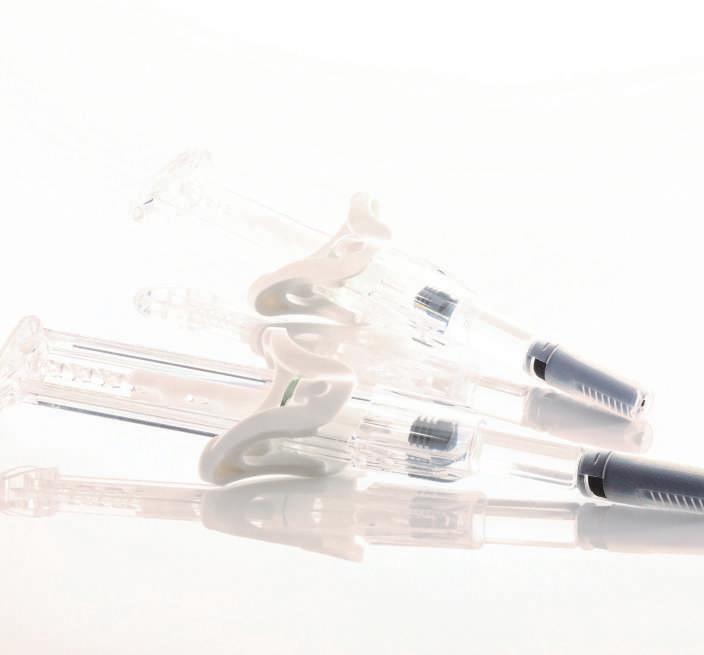Regulatory & Marketplace
Driving R&D Towards 2030 – Waging War on Carbon
The largest threat currently faced by humankind is the ever-rising CO2 levels in the air we breathe. In my lifetime, the CO2 level has increased by 33%, from 300ppm to 415ppm currently. The limit for the indoor CO2 level that is without risk to humans is somewhere between 1000 and 2000ppm. CO2 has been rising in recent years by 2.5ppm per year, but with the combination of population growth and energy consumption growth per person per year, it is predicted by some that a 5ppm CO2 increase per year is quite possible. Doing the maths, if the human race does nothing to change current trends, we have perhaps only 200 years until human health is affected by the CO2 that we breathe in the air. A rather scary thought.
For the last sixty years, since CO2 was measured directly by NOAA and others at different locations around the globe, the correlation between temperature rise and CO2 has been monitored. Pure scientists are fond of saying that ‘correlation of data is not proof of causation’ but they are in the minority. See the graph for yourself from a Nature article.
investment in wind and solar. This has driven the UK CO2 emission level down to 300gm per kWh, so clearly electric anything, including all electric vehicles, still are responsible for CO2 emissions.
Copyright 2003 Adam Nieman. This illustrates the volume of the Earth’s oceans and atmosphere (sea level density) by rendering them as spheres.
Global warming is happening for certain (+1.1C 2019) and the most likely cause as agreed by 10,000s of scientists is human-generated CO2 from burning fossil fuels. In engineering terms, anything requiring an energy source to make it, or move it, light it, or heat it, or cool it, or pump it will be currently adding to those CO2 levels. The UK electricity supply is quoted as achieving 50% consumption from renewables last year, thanks to successive UK government
https://www.nature.com/articles/srep21691. Extract from ‘On the causal structure between CO2 and global temperature@ Adolf Stips et al., 22 February 2016. 14 INTERNATIONAL PHARMACEUTICAL INDUSTRY
It does not take a rocket scientist to work out that if we rapidly change to all electric home heating (UK new build home policy) and all electric vehicles (UK government incentive and guidelines) the UK electricity requirements will rapidly outpace our ability to increase renewable capacity to match demand. Therefore the emissions from electricity generation will rise again, as more fossil fuels are burned to make up the shortfall. Nuclear energy is a possibility, but it takes decades to build plant and get them running. To stop the atmospheric CO2 level spiralling forever upward, we need to address as a global nation two main issues below, neither of which is trivial: 1.
Population growth – 7.73 billion humans (UN estimate), projected to rise to 8.3 billion (7.4c% rise) by 2030. The population needs to be stabilised back to the 2.1 children per couple level required for zero growth. Family planning, education, reduced infant mortality all factor in this equation. Sources: UN, population matters etc.
2.
Reduced carbon footprint per head. The average global annual emission per head is five tonnes CO2 – the UK sits at roughly seven tonnes per head (including air travel), the USA at 15 tonnes per head. See UN data 2018 published on Wikipedia.
In the drug delivery device industry, we can do little to address the first point (unless working on more reliable, low carbon, cheap contraception methods) except at our family level, but we can all make great progress in the latter. Spring 2020 Volume 12 Issue 1
























